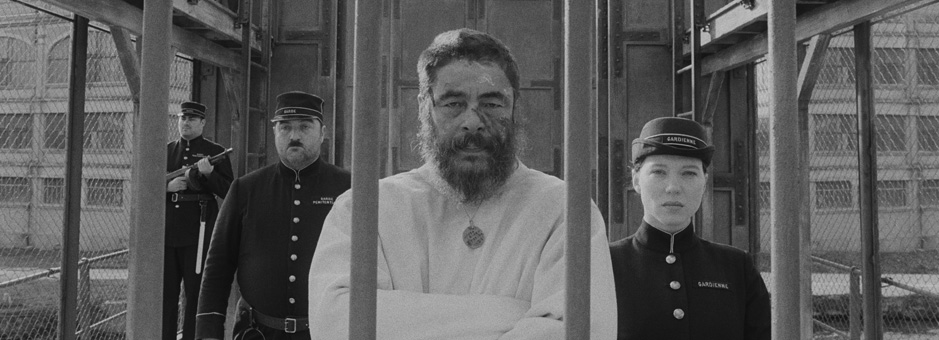Meet The Colourist Special Interview:
Wes Anderson brings The French Dispatch to Cannes
Gareth Spensley, Company 3, London
Gareth Spensley joined Company 3 in late 2020 after a long and successful tenure heading the colour grading department at boutique post facility Molinare TV & Film in London.
Recent projects include the highly-acclaimed series Killing Eve from creator Phoebe Waller-Bridge, Jed Mercurio’s international hit Bodyguard, the Downton Abbey movie, and the award-winning The Father.
In this interview, Gareth takes us behind the scenes of director Wes Anderson’s latest movie, The French Dispatch…
Can you tell us more about your collaboration with director Wes Anderson?
This was my first time working with Wes Anderson and it was a career highlight for me.
Wes is a true auteur and has a unique body of work, so it was a privilege to collaborate with him on the grade for The French Dispatch.
How did you come to this project, and at what point did you get involved with the film?
I got involved after the dailies colour had been done, during the early stages of the edit. Wes wanted to start exploring the look of various sequences ahead of the main DI grade.
Can you tell us more about the development of the look?
Baselight’s scalability proved essential in delivering the flexibility the production required.
For the first look development, we set up a ‘mobile grading suite’ in the edit suite. Running Baselight on a laptop and grading using a Sony x300, we developed various ‘looks’, quickly working up further iterations as Wes explored his early ideas for the film.
The film is a mix of colour sections and black & white sequences. The transitions to colour were particularly fascinating to me. The neutrality of the black and white scenes certainly heightened the punches of colour when they do come, and this made the choices for the colour sequences all the more important.
One particular story is set in a TV studio and the brief was to create a look that the audience would immediately recognise as ‘being on television’. I used Baselight’s Colour Cross-talk operator to create a restricted colour palette and narrow tonal range that echoed the look of primitive TV studio cameras.
How would you describe Wes Anderson’s relationship with colour?
I think colour is considered at all levels of a Wes Anderson film – through costume design, production design, props and of course cinematography – culminating in the colours that are delivered to the grading suite, having been curated incredibly carefully.
How long did you spend on the grade?
The main DI grade was over two weeks; however, before the edit, we had several days dotted through the edit process where we explored looks. We then had another week where we completed final reviews and deliverables.
How did you work the black and white scenes?
We kept the grading of the black and white footage to a simple first pass balance of the negative, using Base Grade balance and contrast tools, before we tweaked each scene creatively.
What was the most challenging part of the project?
Probably the most challenging part was achieving the level of precision required to create some of the more detailed grades. Mattes and keys needed to be very accurately drawn and tracked.
Baselight is brilliant for this kind of refinement.
What part of the project did you enjoy grading the most?
I really enjoyed grading the animation sequences. I think this is because we were freed from making ‘naturalistic’ grade changes and could embrace the style of the animation when we approached shaping and lighting in the grade.
Which Baselight tools did you use the most?
We used the Base Grade tool throughout the film. This method of grading has the perfect balance of simple film laboratory-type corrections coupled with the powerful specific zonal curve manipulations. It is amazing for working with film-originated material.
We also used Baselight’s compositing capabilities extensively. Some examples of DI fixes we did in Baselight were changing ceiling textures, removing unwanted film equipment and – memorably – straightening the curls of a cable.
Join In
If you want to participate in our MTC programme, we'd love to hear from you. Contact:
Alexa Maza
e: [email protected]

“This was my first time working with Wes Anderson and it was a career highlight for me.
Wes is a true auteur and has a unique body of work, so it was a privilege to collaborate with him.”
Details
Colourist: Gareth Spensley
Role: Senior Colourist
Web: Company 3










